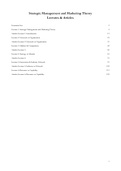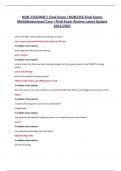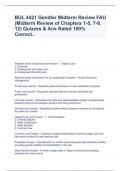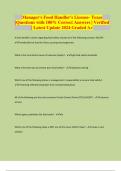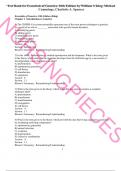Resume
Summary Strategic Management and Marketing Theory in the Creative Industries - 6314M0213Y (All material: Articles & Lectures).
- Cours
- Établissement
In this document all the materials for the course Strategic Management and Marketing Theory in the Creative Industries - 6314M0213Y (part of the track Entrepreneurship and Management in the Creative Industries). Passed the exam with a 8.5.
[Montrer plus]
